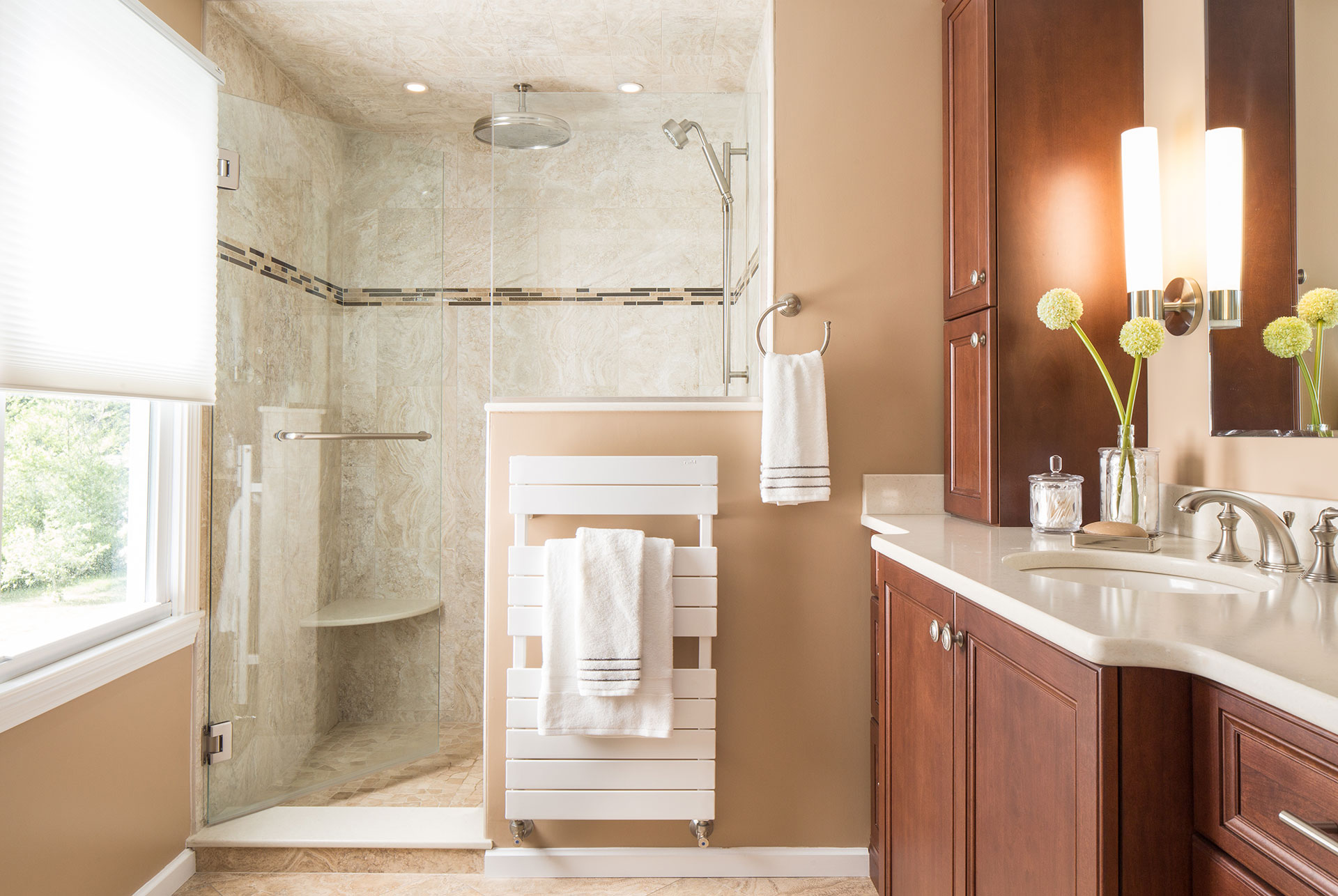Before and After: Motivating Design Makeovers
Home remodeling can be an highly satisfying experience, transforming a house into a perfect living space that embodies personal style and enhances functionality. Whether you're looking to update a specific area or embark on a entire home transformation, the process offers countless chances for creativity and improvement. However, navigating the world of remodeling can also be overwhelming, especially with the multitude of trends, techniques, and budgeting considerations to keep in account.
In this write-up, we will explore some of the most inspiring remodeling makeovers and provide actionable insights into planning your own project. From kitchen and bathroom upgrades to maximizing basement and attic rooms, we will cover essential topics like budgeting, choosing between DIY and hiring a contractor, and avoiding common issues. By highlighting the newest trends for the upcoming year and sharing budget-friendly tips, we aim to empower you with the information you need to successfully transform your home while enhancing its curb appeal and increasing its value. Let’s dive into the before and after stories that illustrate the impact of home remodeling and encourage your next project.

Budget-Friendly Home Renovation Tips
When organizing a home remodel, establishing a practical budget is important. Start by deciding which areas of your house you want to enhance and prioritize them based on your needs and habits. This will enable you distribute your money more effectively. Consider using a mix of high-quality and cost-effective materials to realize a fantastic aesthetic without overspending. Look into local vendors and utilize sales, deals, and also clearanced products to extend your finances more.
An additional effective strategy is to concentrate on DIY projects that suit your skill level. Simple tasks like repainting, adding new light fixtures, or updating cabinetry can noticeably improve your area while holding costs low. There are numerous of online guides and instructions that can guide you through these projects. However, it's vital to know your boundaries; if a task seems too challenging or extensive, it may be reasonable contracting a professional to ensure quality and avoid costly oversights.
Finally, consider making your project more environmentally conscious. Sustainable choices can lead to long-term advantages on energy bills, and many sustainable materials and solutions aren't as costly as they appear. Seek out energy-efficient appliances, automated home systems, and sustainable materials that frequently come with rebates or tax breaks. By incorporating these elements into your remodel, you not only cut money upfront but also build a more efficient and sustainable house for the long term.
Trends and Advancements in Home Renovation
Home renovation continuously develops, showing shifts in styling trends, technological advancements, and eco-friendliness. In 2024, one of the major trends is the shift toward sustainable materials and methods. Homeowners are increasingly looking for ways to reduce their carbon footprint, integrating sustainable options like repurposed timber, upcycled products, and energy-efficient appliances into their renovations. As a result, home improvement projects frequently show a greater emphasis on green construction methods, encouraging a healthier living environment.
Another discernible trend is the incorporation of smart home devices into renovation plans. Furniture and appliances that offer intelligent connectivity are currently highly desirable, allowing homeowners to manage illumination, temperature, security, and even media with a touch or verbal cue. Smart home features not only improve convenience but also increase energy efficiency, which can result in significant cost reductions over time. From smart thermostats to automated lighting systems, these developments are shaping how we interact with our homes.
Lastly, open floor plans stay popular among homeowners looking to establish a more airy and inviting atmosphere. However, the trend is changing to include distinct areas within these open spaces. Designers are focusing on designing functional zones that cater to specific activities, such as cooking, eating, and rest. This method not only improves usability but also enables greater personalization in design, combining style and practicality in modern home remodeling.
Enhancing Area and Functionality
As you starting a home remodel, one of the primary objectives should be to increase both space and functionality. This is especially important in areas like kitchens and washrooms, where streamlined design can significantly boost usability. Consider adding smart storage solutions such as pull-out cabinets, beneath-sink organizers, and built-in shelving to eliminate clutter and make the most of every inch. Concentrating on https://hansonrepublic.com and flow, you can create a setting that feels more spacious and more inviting, enhancing the overall experience of your home.
A further effective strategy for boosting functionality is to think about versatile spaces. For example, converting an unused basement into a functional living area can provide a leisure space, home office, or guest suite all in one. In the living room, furniture that can be quickly rearranged or items with two purposes—like ottomans that offer storage—can keep your area flexible and versatile to your needs. This approach not only enhances how you experience your home but also boosts equity and enjoyment.
Furthermore, integrating up-to-date technology can significantly improve the functionality of your remodel. Smart home features that enable automation of lighting, climate control, and security systems contribute to a more effective living environment. Opting for eco-friendly upgrades that reduce energy consumption will also improve sustainability, making your space not only more practical but also mindful of environmental impact. By emphasizing efficient design and technology, you can achieve a home that meets your needs while looking stylish and modern.